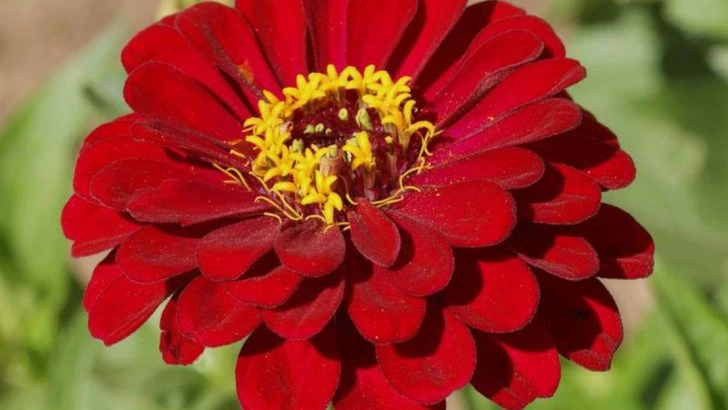Creating a garden that attracts songbirds is a great way to enjoy the beauty of both flowers and birds. By planting the right nectar-rich, berry-producing, or seed-bearing flowers, you can provide a welcoming habitat that entices songbirds to visit throughout the seasons.
In this article, we highlight 20 blooms that bring songbirds right to your garden. From vibrant sunflowers and coneflowers to wild bergamot and honeysuckle, these flowers will provide food, shelter, and nesting sites for your feathered friends. If you want to enjoy the melodies of songbirds while brightening up your garden, these blooms are the perfect choice!
Sunflower
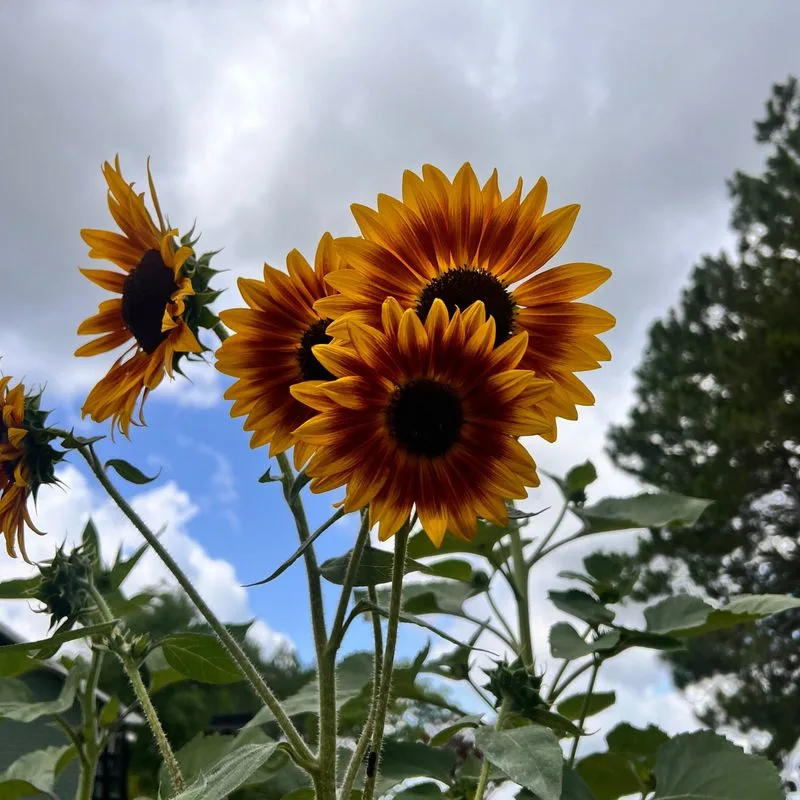
With its towering stature and radiant petals, the sunflower is a magnet for songbirds. Its seeds are a favorite, drawing birds like goldfinches and chickadees. Plant these giants in sunny spots for a lively garden scene. Their bright hues are a treat for the eyes, while their seeds provide nourishment for birds. Group them together to create a stunning visual effect and a bustling bird haven. You’ll find that these blooms are more than just decorative; they’re a vital part of your garden’s ecosystem.
Coneflower
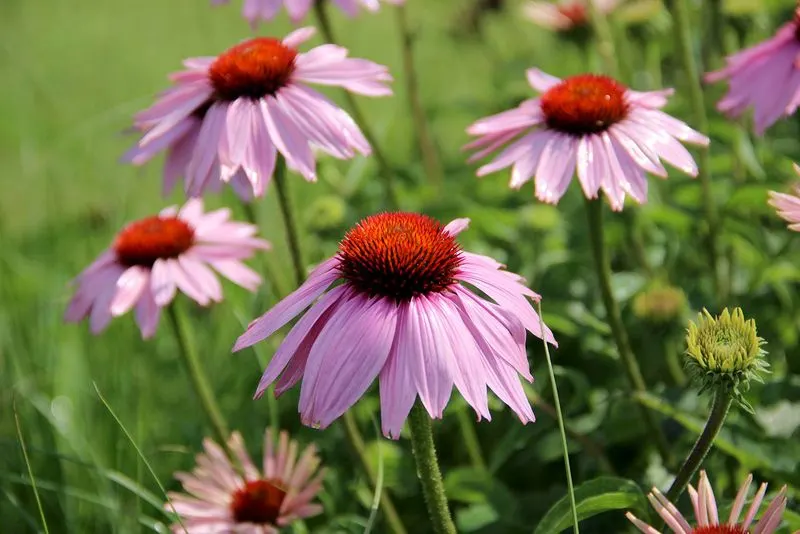
Coneflowers, with their distinctive, spiky centers and purple petals, are a true bird magnet. These hardy perennials invite finches and other seed-loving birds with their rich seed heads. Plant them in clusters to enhance their visual appeal. Their resilience in different climates makes them a garden staple. As the petals fade, the seed heads stand tall, offering food long into autumn. This makes coneflowers a dynamic choice, ensuring your garden remains a hub of activity.
Bee Balm
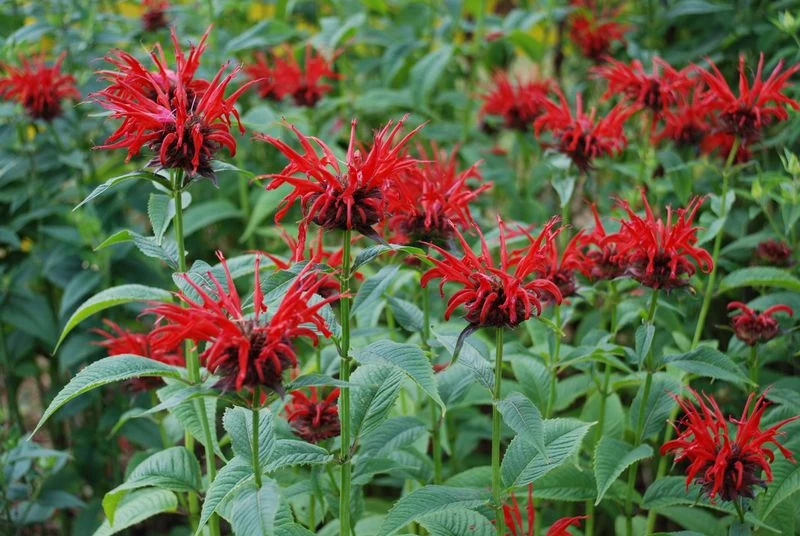
Bee balm’s vibrant red blooms are irresistibly attractive to both birds and bees. Its tubular flowers are perfect for those with long beaks, like hummingbirds, ensuring a lively garden. Position bee balm in a sunny spot to maximize its blooming potential. Aside from its beauty, it releases a minty fragrance that adds to the garden’s sensory delight. Regular deadheading will prolong its flowering period, providing a consistent source of delight for winged visitors.
Black-eyed Susan
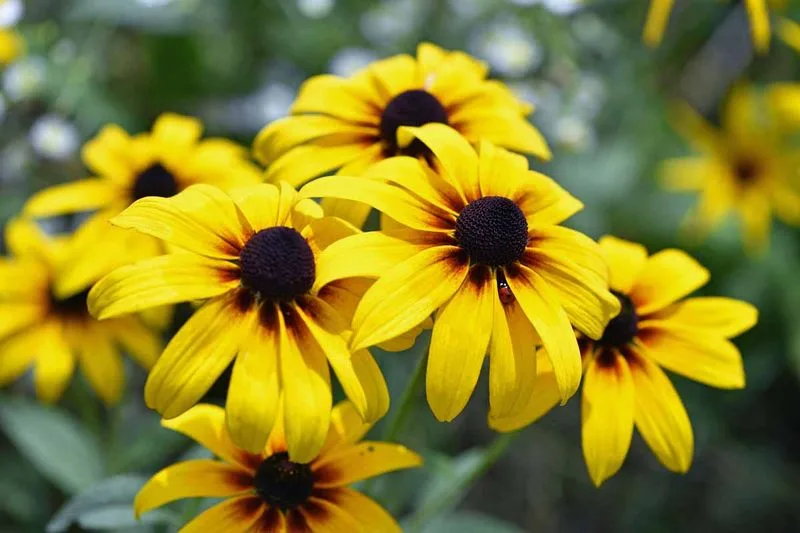
The cheerful yellow petals and dark centers of black-eyed Susans are a bird’s delight. These robust flowers offer seeds that attract various small birds. Plant them en masse for a beautiful and functional display. Black-eyed Susans thrive in many environments, adding resilience to their charms. Their long blooming season ensures that birds have a consistent food source. As a bonus, their bright colors will brighten any garden, making them a beloved choice for bird lovers.
Zinnia

Zinnias, with their bold and vibrant colors, are a feast for the eyes and a favorite among birds. Their seeds attract sparrows and other small songbirds, making them a lively garden addition. These blooms thrive in sunny locations and provide a continuous show of color throughout the season. Easy to grow and maintain, zinnias are perfect for novice gardeners. Their ability to attract pollinators adds an extra layer of life to your garden. With regular watering, they will flourish and bring joy to both birds and humans alike.
Hollyhock
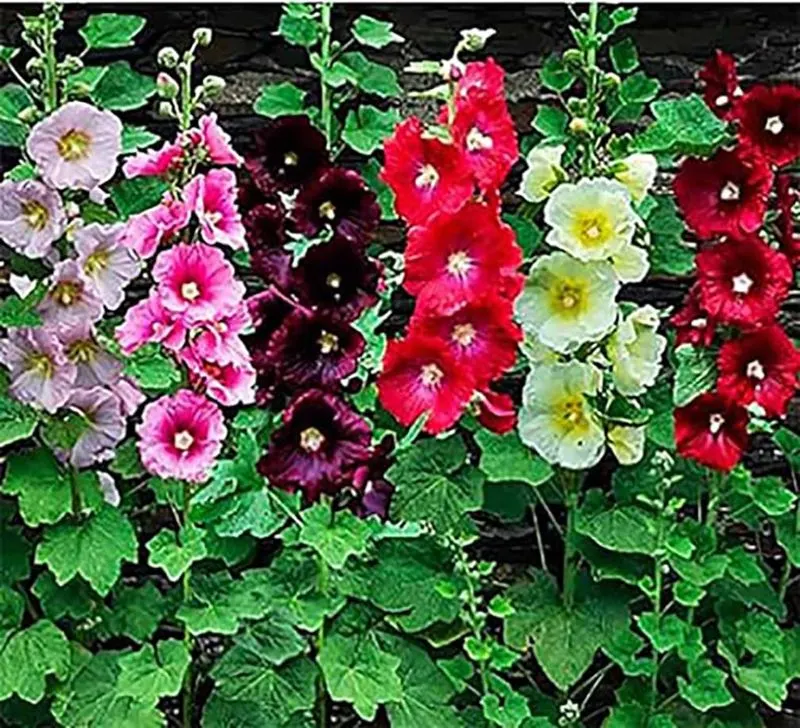
Hollyhocks, with their towering spikes and pastel blooms, create a dramatic effect in any garden. Birds are drawn to their seeds, while the tall stalks provide perches. Plant them along fences or walls for support. These biennials are easy to grow, offering a vintage charm to your space. As they sway in the breeze, they add movement and interest. Their long-lasting blooms ensure a vibrant garden display, while birds enjoy the seeds they offer.
Milkweed
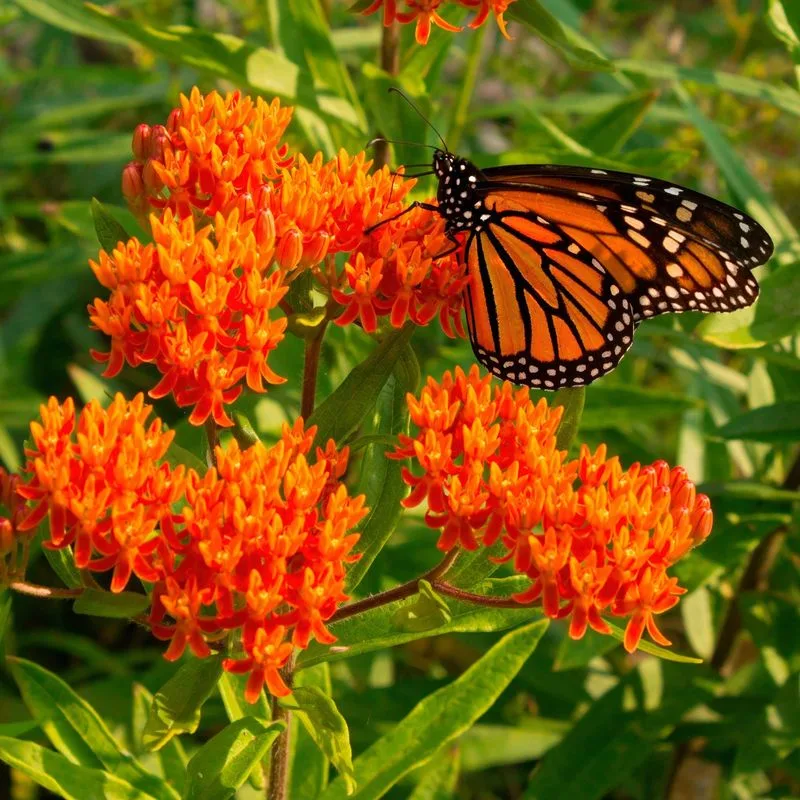
Milkweed is not only crucial for monarch butterflies but is also a favorite of songbirds. Its fluffy seeds are attractive to a variety of birds. Plant milkweed in a sunny spot and watch it thrive. Its role in the ecosystem is vital, supporting both birds and insects. As the season progresses, the seed pods burst open, providing a spectacle of floating seeds. This plant is as beneficial as it is beautiful, making it a must-have for wildlife enthusiasts.
Aster
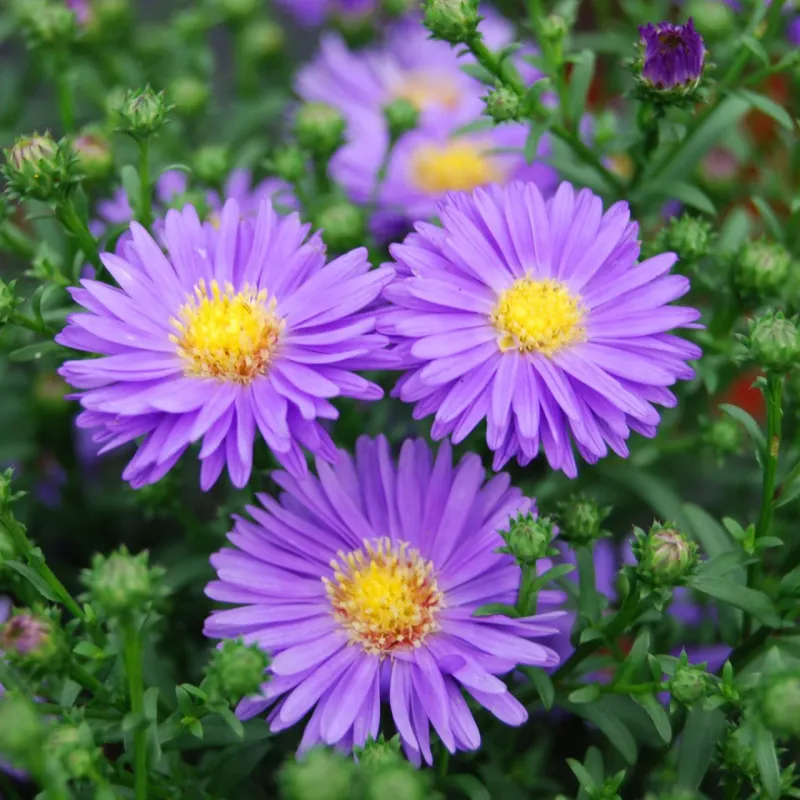
Asters, with their star-like blooms, are a sight to behold. Their seeds attract many songbirds, making them a garden favorite. Plant them in clusters for a stunning visual impact. These perennials bloom late in the season, providing a crucial food source as other plants fade. Their resilience in different climates makes them a reliable choice. As autumn approaches, asters continue to offer beauty and sustenance, ensuring your garden remains lively.
Cardinal Flower
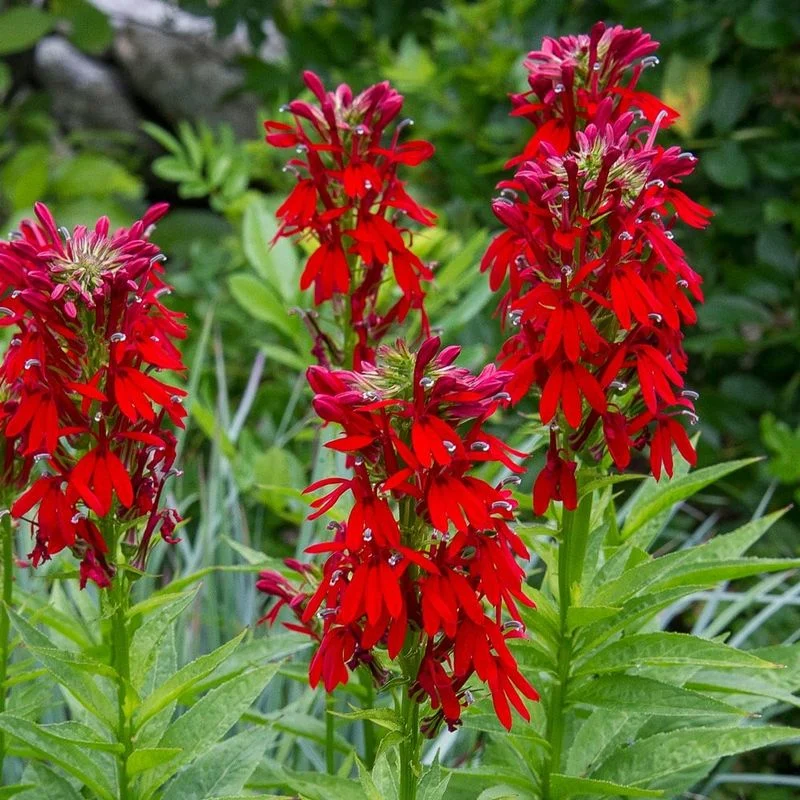
The cardinal flower’s vivid red spikes are a beacon for birds, especially hummingbirds. These native flowers thrive in moist areas, making them ideal for water gardens. Their long blooming period ensures a constant flurry of activity. Position them where they can be admired, as their striking color draws attention. In addition to their beauty, they play a critical role in supporting wildlife. Their presence in your garden will guarantee visits from many feathered friends.
Goldenrod
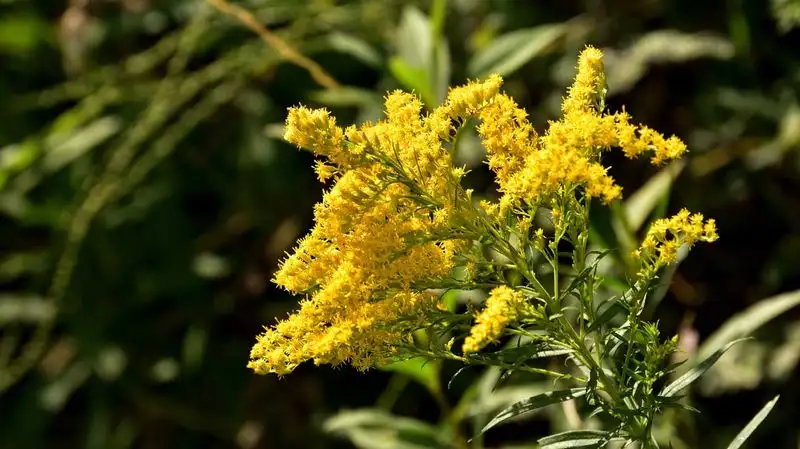
Goldenrod’s bright yellow plumes are a magnet for wildlife. Birds visit these blooms for seeds, while insects enjoy their nectar. Plant goldenrod in sunny, well-drained areas for best results. Its late-season blooms provide a vital food source as other flowers fade. Despite its reputation as a weed, goldenrod offers immense ecological benefits. It fills a garden with color and life, ensuring your outdoor space remains vibrant well into fall.
Elderberry
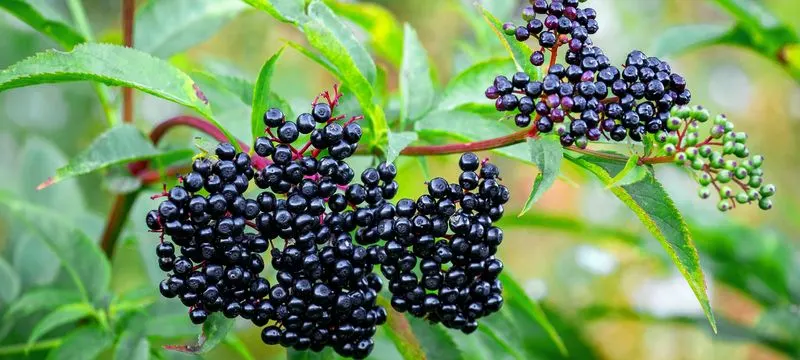
Elderberry bushes offer both beauty and functionality, with their delicate blooms and rich berries. Birds flock to these shrubs for food, especially during berry season. The dense foliage provides shelter as well. Plant elderberries in moist areas for optimal growth. Their dual-season appeal, with flowers in spring and berries in fall, ensures they are a perennial favorite. As a versatile addition to any garden, elderberries support a wide range of wildlife.
Serviceberry

Serviceberry trees are a spring delight, with their delicate white blossoms. Birds love the berries that follow, making these trees a hub of activity. Suitable for small gardens, they provide both beauty and food. Plant them in well-drained soil and enjoy their graceful presence. As the seasons change, their foliage turns vibrant, adding multi-season interest. Serviceberries are not only a feast for birds but also a visual treat for gardeners.
Crabapple
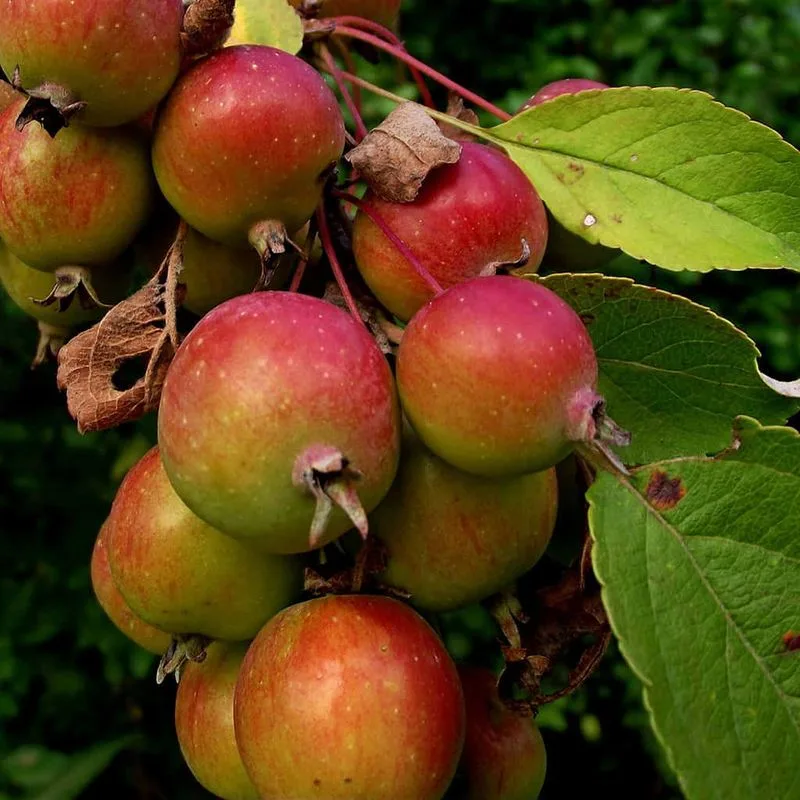
Crabapple trees, with their showy spring blooms, are a magnet for birds. The small apples they produce are a food source, attracting various species. Plant crabapples in sunny spots for the best results. Their ornamental value is high, with beautiful flowers and colorful fruit. As autumn arrives, the fruit becomes a vital resource for birds. These trees offer year-round interest, ensuring your garden remains lively and engaging.
Honeysuckle
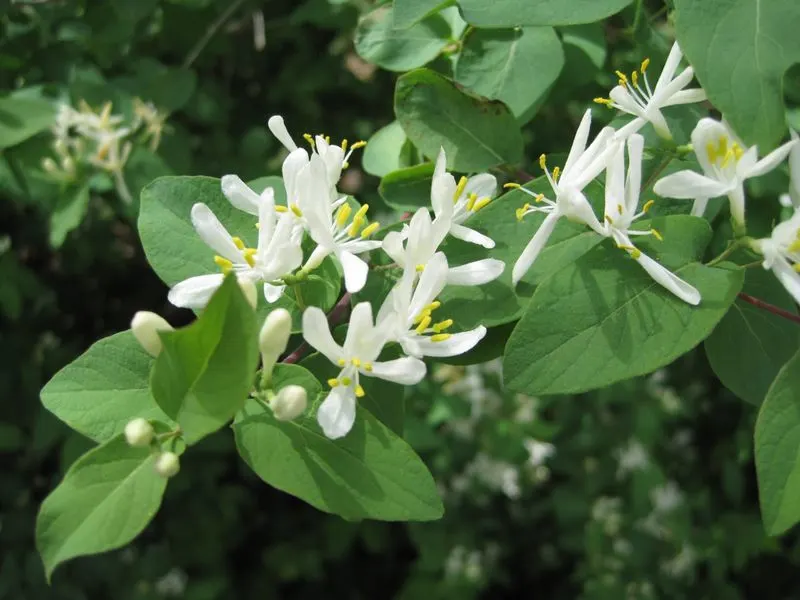
Honeysuckle vines are known for their vibrant, tubular flowers and sweet fragrance. Birds, especially hummingbirds, are drawn to their nectar. Train honeysuckle to climb arbors or trellises for a stunning effect. These vigorous growers require little maintenance, making them ideal for busy gardeners. Beyond their beauty, they provide essential food and habitat. As they bloom prolifically, they ensure your garden is a haven for both birds and humans alike.
Chokeberry
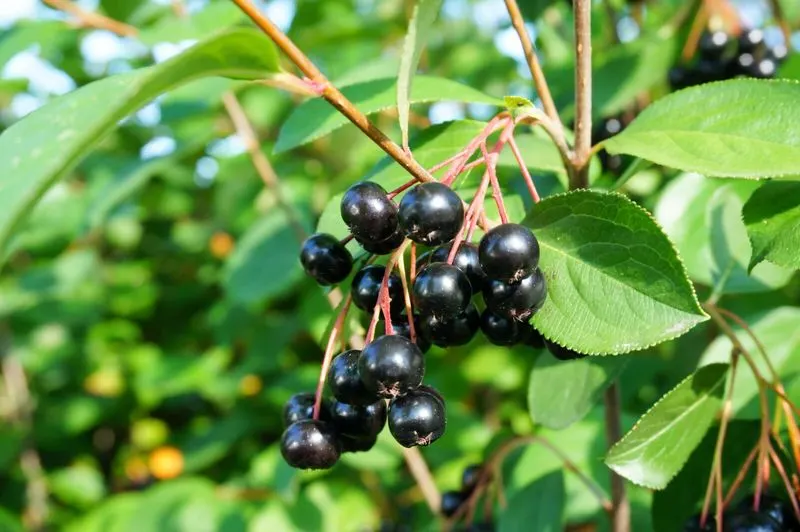
Chokeberries are small shrubs with a big impact, offering white spring flowers and red berries. Birds are particularly fond of the tart berries they produce. Plant these hardy shrubs in a range of soils for versatility. In addition to providing food, they add vibrant fall color to your garden. Their adaptability makes them a valuable addition to wildlife-friendly gardens. As the season progresses, they continue to support a diverse range of bird species.
Dogwood
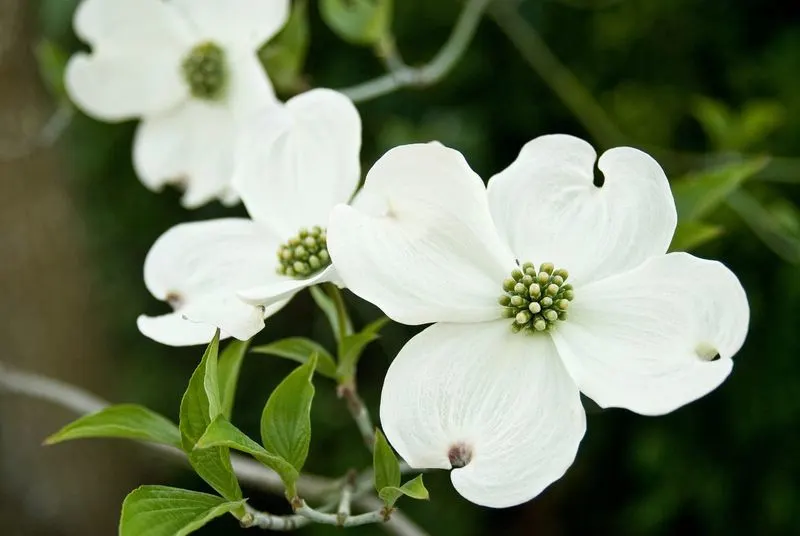
Flowering dogwoods are a spring spectacle, with their elegant blooms. Birds love the red berries that follow, ensuring these trees are always bustling. Plant dogwoods in well-drained soil for optimal growth. Their graceful branches provide shelter and nesting sites as well. Throughout the seasons, they offer visual interest and support for wildlife. These trees are a timeless choice, adding charm and ecological value to any garden.
Coral Bells
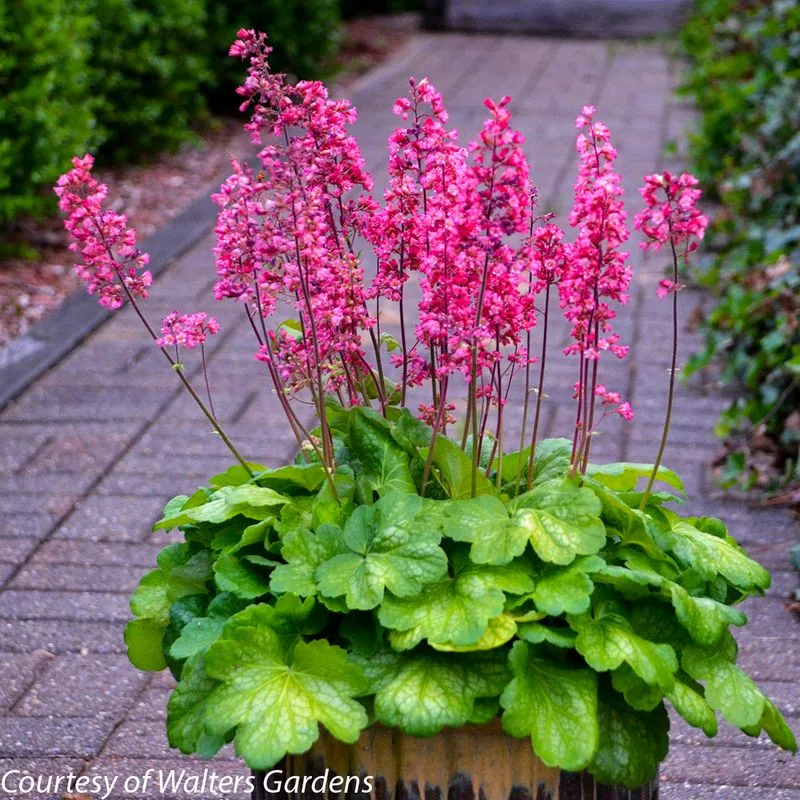
Coral bells are known for their striking foliage and delicate flowers. Birds are attracted to the nectar offered by their blooms. Suitable for shaded areas, they add texture and color to your garden. Pair them with other shade-loving plants for a rich tapestry of hues. Their low-maintenance nature makes them a gardener’s favorite. As they bloom, they draw in a variety of winged visitors, ensuring your garden remains lively.
Viburnum
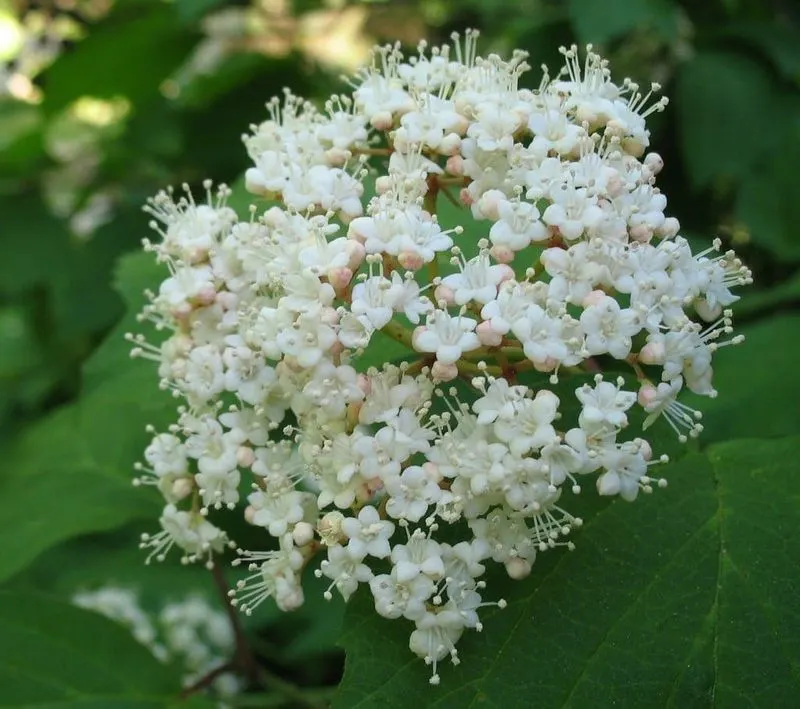
Viburnums are versatile shrubs known for their clusters of white flowers and subsequent berries. Birds are attracted to the berries, making these shrubs a dynamic garden addition. Plant viburnums in sun or partial shade for best results. Their lush foliage offers shelter and nesting sites. Throughout the seasons, they provide beauty and sustenance, supporting a variety of bird species. With their robust nature, viburnums are a reliable choice for any garden.
Lilac
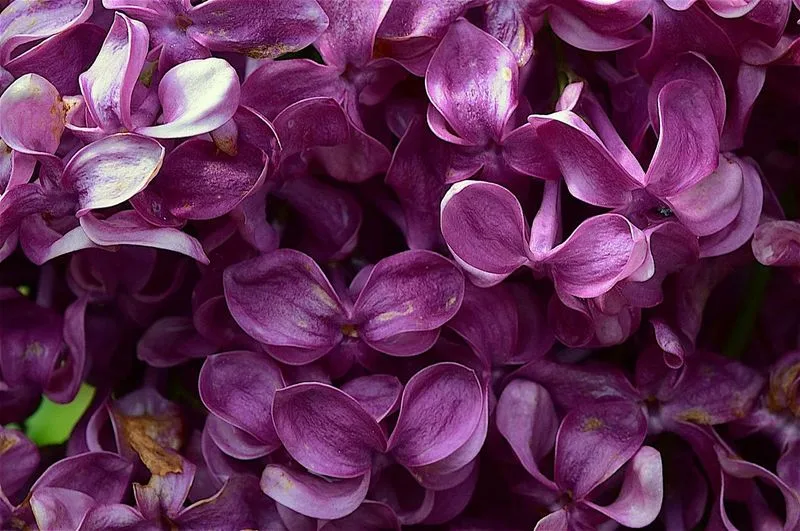
Lilacs are cherished for their fragrant blooms and lush foliage. Birds find the dense branches perfect for shelter and nesting. Plant lilacs in sunny spots to maximize their flowering potential. Their intoxicating scent fills the garden, attracting human admirers as well. As a garden staple, lilacs provide both beauty and functionality. Their ability to draw in birds adds to their charm, making them a beloved choice for gardeners seeking to support wildlife.
Echinacea
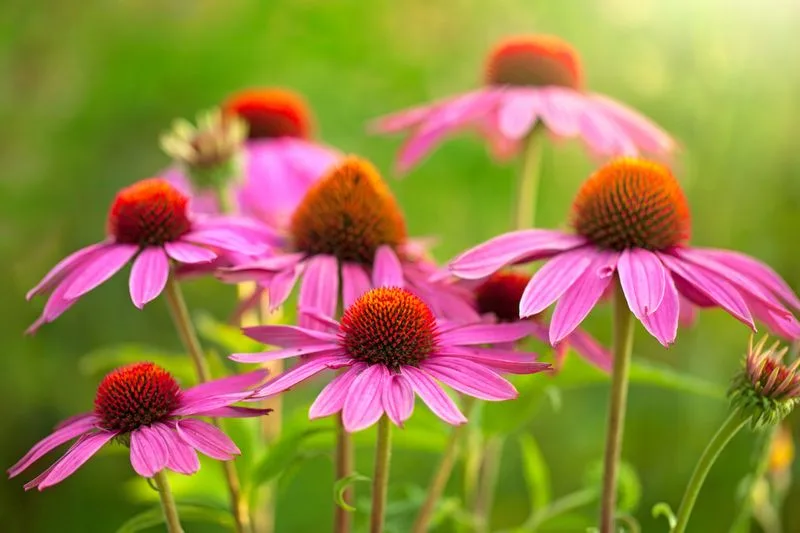
Echinacea, or coneflowers, offer striking blooms with a purpose. Birds, especially finches, flock to their seed heads. These perennials thrive in sunny areas, providing a reliable food source. Plant them in groups for a bold visual statement. Their resilience against pests and diseases makes them a garden favorite. As a low-maintenance option, echinacea supports both aesthetics and ecology. With their long-lasting blooms, they ensure your garden is always buzzing with activity.

